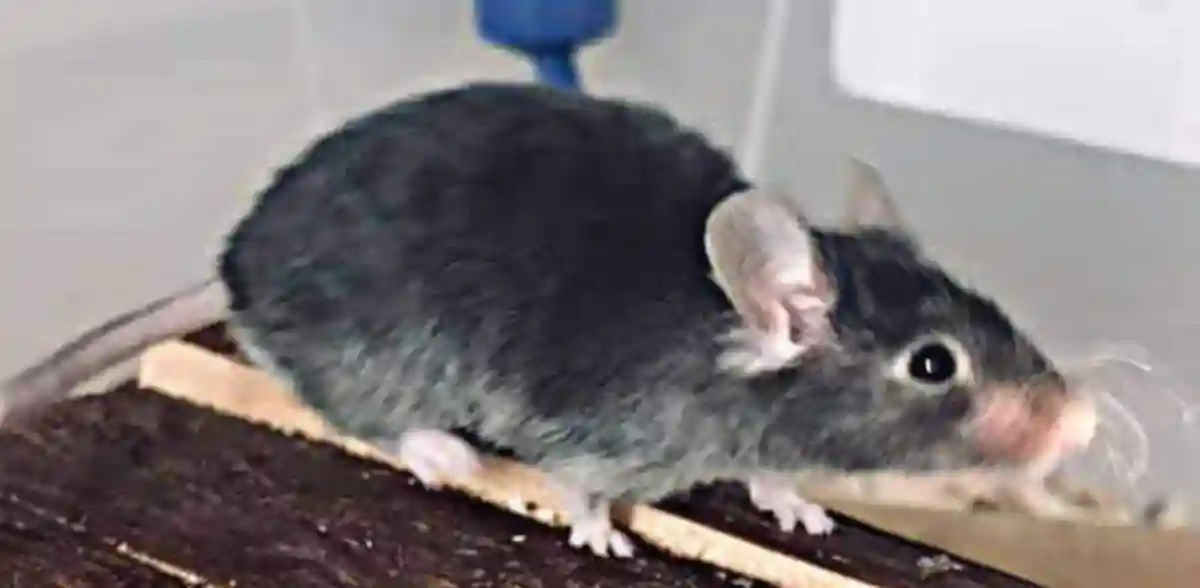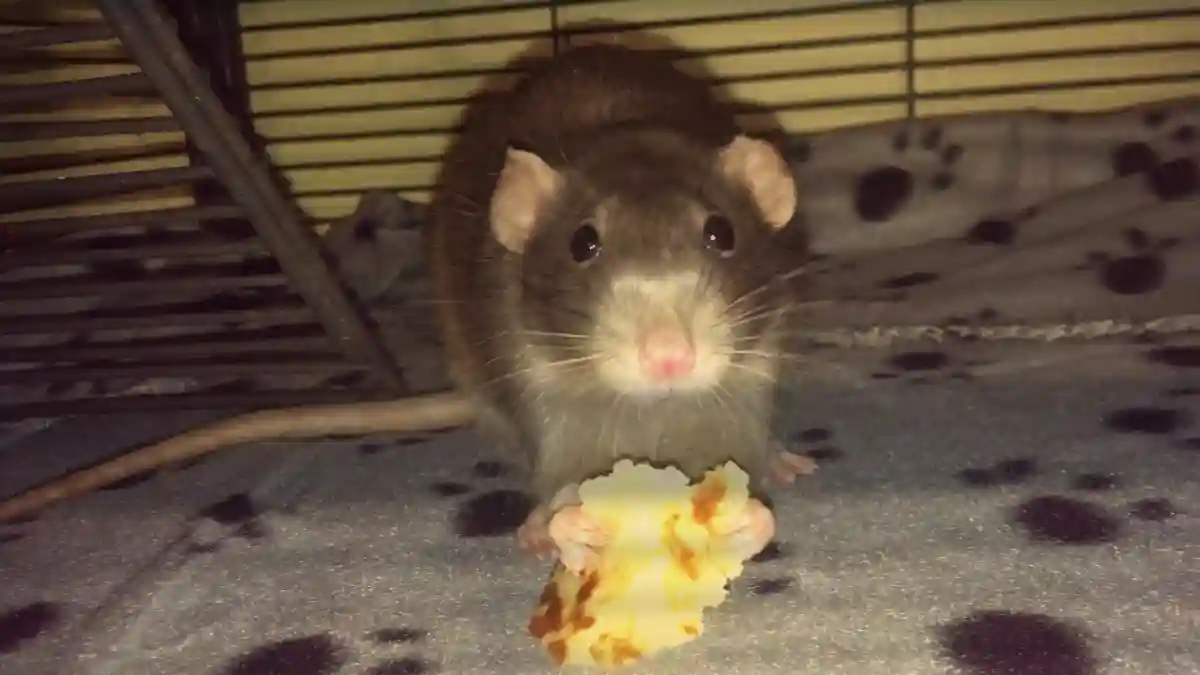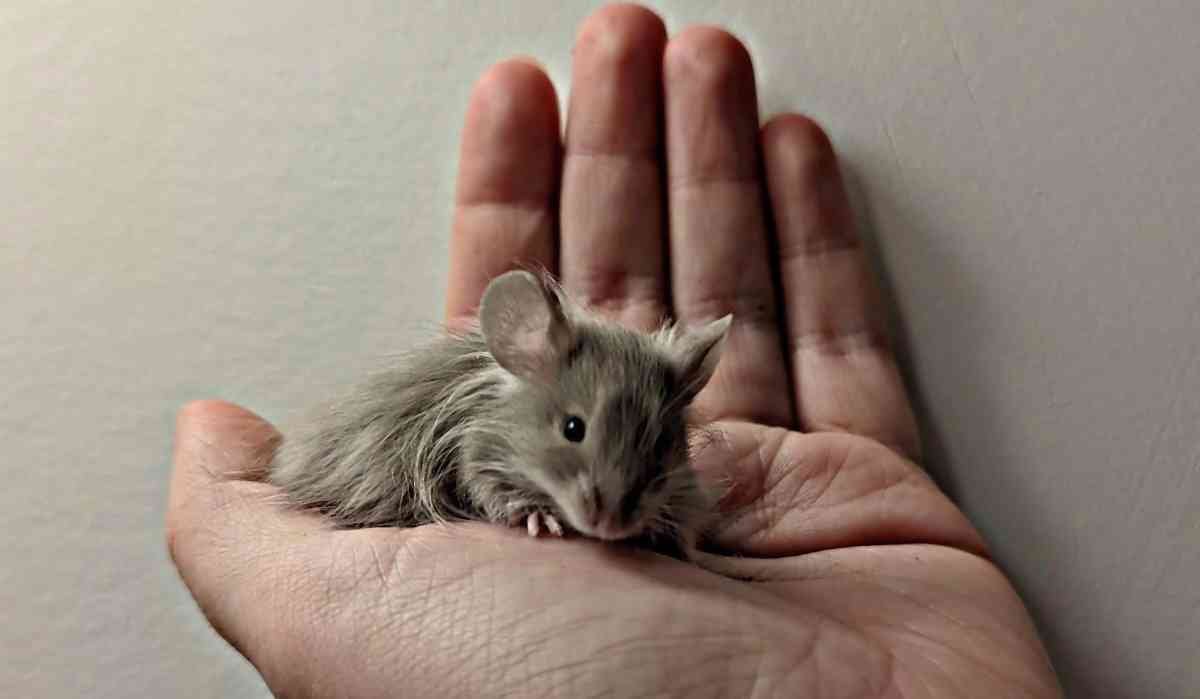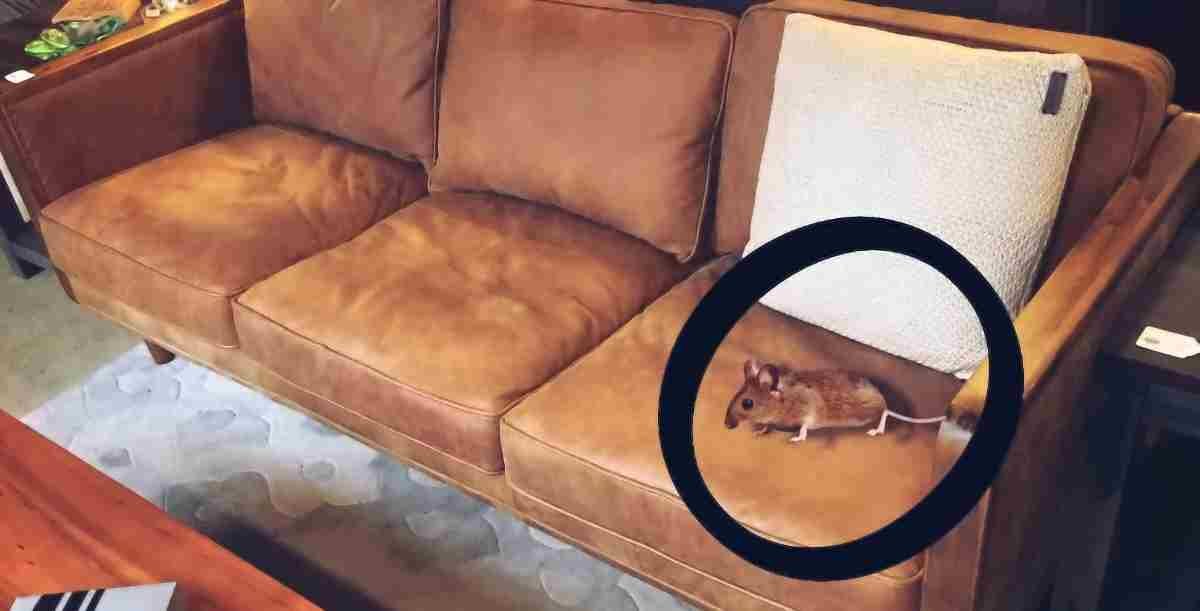Can you leave a dead rat in the wall? You shouldn’t. A dead rat in your wall will cause a strong, unpleasant smell, and can attract pests, and become a health hazard due to bacteria and pathogens.
Rats often make their homes in walls or use them to move around. If a rat dies inside a wall due to poison or some other reason, it creates a tough situation for you as the homeowner. Unfortunately, trying to remove the rat might seem too hard, especially if you think about making holes in the walls without knowing where to start.
Can You Leave A Dead Rat in The Wall?

A dead rat in the wall is not a good idea. When a rat dies and starts to decompose, it creates a terrible smell that spreads all through your house. This bad smell can attract flies and other insects and is dangerous for your health due to the growth of harmful germs.
According to the Centers for Disease Control and Prevention (CDC), dead rats can carry diseases, which can be spread airborne. Diseases, including Lassa fever, tularemia, and salmonellosis can be spread airborne through a dead rat.
What Happens if I Leave Dead Rat in Wall?
Terrible smell from your wall
Firstly, as the rat decomposes, it will emit a strong, foul odor. The duration of the foul smell depends on the size of the rat and the conditions within the wall. What does a dead rat in the wall smell like? The smell starts as a faint, musty odor, similar to the smell of damp, decaying wood. As the rat decomposes, the scent intensifies, becoming a strong, pungent odor. A dead rat smells like the stench of rotting garbage or spoiled meat, with a sickly-sweet quality. As decomposition progresses, the odor becomes sharper and more penetrating, often described as a mix of ammonia and sulfur.
Decaying rats can attract insects
Pests such as flies and beetles are drawn to the decomposing body, and their presence can lead to a secondary infestation in your home.
Growth of mold or bacteria within the wall
You may have to deal with mold or bacteria growing in your wall, which can be harmful, especially if these pathogens find their way into living areas.
How Long Does It Take for a Rat to Decompose to a Skeleton?
How long it takes for a rat to decompose to a skeleton depends on some factors, including the environment, temperature, humidity, and whether there are decomposers like insects and bacteria present. In a typical indoor setting, we have the initial decomposition, active decay, and advanced decay.
During the initial decomposition, within a few days after death, the body starts to decompose, with bacteria and enzymes breaking it down.
During the active decay stage, most of the dead rat’s body mass is lost, and it can last a few weeks. In warmer and more humid conditions, this process is faster.
During the advanced decay stage, the rate of decomposition slows down. The remaining flesh dries out, and only bones, hair, and possibly some dried tissue remain. This stage can take several months.
How Do Rats Get Into Walls?
Rats are very good at squeezing into small spaces. They can fit through gaps as tiny as 3/4th of an inch, as mentioned in Immunology. Their bodies are flexible, and they can collapse their rib cages, so moving through tight spaces is easy for them. This is how they often get into walls.
Usually, rats find their way in through little cracks and openings on the wall’s surface. As buildings get older, they can develop small splits or gaps:
- At the bottom of the walls.
- Where walls meet the ceiling.
- In corners, both inside and outside.
Rats use these gaps to enter. Even in well-kept homes, rats might chew their way in. They especially do this if the walls are made of softer materials like wood or plastic air bricks.
Rats have strong teeth and jaws, making it easy for them to bite through some types of walls to get inside. If they can’t find a way in, rats might dig under walls. This is more likely if a house is built on soil, because it’s easier for rats to dig in soil than in concrete or stone.
No matter how rats get into your walls, the result is usually the same. They find wall cavities to be perfect places for making nests. These spots are safe, quiet, and away from humans and animals that might harm them, like schnauzers. In these hidden places, rats can breed fast, especially if they can find food close by.
How to Remove Rats from Inside Walls
Locate the Dead Rat
Removing a dead rat inside your wall isn’t easy because you can’t see inside the wall without tearing it down. This can take a lot of time and might cost a lot to fix later. First, you have to locate the exact spot. So, instead of breaking your wall, try using the smell to find where the rat is. The smell is not nice, but it can help you.
The key is to follow the smell to find where it’s strongest. Get close to the wall and sniff around. The smell gets worse the closer you are to the rat. You’ll notice the smell changing – it gets less sweet and more unpleasant. That’s how you’ll know you’re close to the rat.
Remove the Wall Section
Drill three more holes around the first one to form a square. This marks the section of the wall you’ll remove.
Carefully use the saw to connect the holes and then gently pry out the square piece. Start with a smaller section and enlarge it if needed, in case you haven’t accurately located the rat.
Kit Up to Protect Yourself
Make sure you wear a special mask, such as an N95 Dust Mask to keep away viruses, such as the hantavirus. A mask will help protect you from harmful germs from the rat and any bacteria growing on its dead body.
Make sure the mask fits right over your nose and mouth and should be snug around the edges. It needs to be thick enough to keep out tiny particles but still let you breathe easily. The thicker the mask, the better.
Don’t forget to put on protective gloves. Open windows to let fresh air in, and only have people who are helping you in the area. Anyone helping should wear the same protective gear as you.
Remove the Rat
Once you can reach the rat, use gloves, a scoop, or a towel to handle it. Be gentle, especially if the rat’s body is in advanced stages of decomposition, to avoid leaving any remnants or creating a mess.
Dispose of the Rodent
Immediately place the rat in a garbage bag and seal it. Remember, safety and caution are key throughout this process. If you’re unsure about doing this yourself, consider hiring a professional.
After you’ve safely removed the dead rat from your wall, properly dispose of it and clean up. After placing the rat in a plastic bag, put that bag inside another one and seal both tightly. This helps contain any odors or potential contaminants.
Dispose of the gloves you used in the same outside trash can. This is to avoid contaminating other areas. Wash your hands and forearms with soap and water immediately. This step is crucial for your health and safety.
Once you’ve cleaned up, you can safely remove your mask. Once you have disposed of the rat and cleaned yourself:
- Open windows and doors to let fresh air in.
- Use appropriate deodorizers to eliminate any lingering smells.
- Clean the spot where the rat was decaying. This is important for health reasons.
- Fix the part of the wall you had to remove to access the rat.
Ultimately, you have to remove any dead rat odor that might still be lingering. You can use odor neutralizers to neutralize the smell of decay or natural options such as baking soda or vinegar. If the smell persists, contact your local cleaning professional to handle the cleaning.
Read also: Do Onions Kill Rats?





